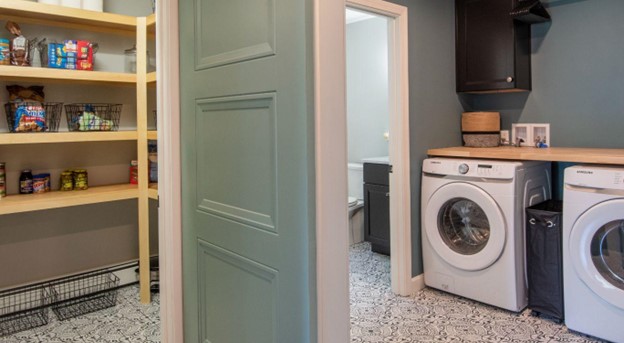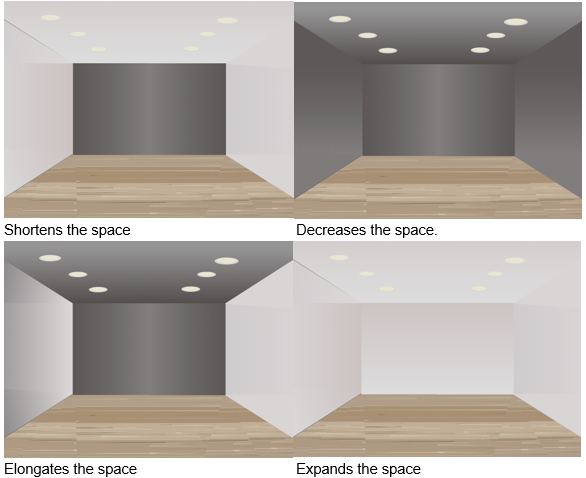The Illusion of Space: Remodeling Tips for Small Rooms

Many homeowners in the current housing market decide to stay in their homes, even when they feel they may have outgrown them. Choosing to remodel provides a few different options when it comes to improving and expanding spaces.
While the most expensive choices often bring the greatest rewards, such as adding new rooms for more living space through an addition, there are also more budget-friendly alternatives. These include changing your home's layout, which is considerably less expensive than an entire addition but limits the change it can provide, especially in a smaller home.
Another economical approach is the remove-and-replace method, where outdated appliances, cabinetry, and flooring are swapped for modern upgrades without altering the room's layout. This requires a clever design to make a space feel larger.
In this article, we'll explore design strategies that have the biggest impact on making your small home feel more spacious.
Furniture Choices
Selecting the right furniture for a small room requires strategic planning. It's about choosing smaller pieces to maximize space and also thoughtful placement.
Surprisingly, positioning furniture a few inches from the walls can create an illusion of a more expansive room. Additionally, choosing furniture that sits lower to the ground can enhance the sense of openness, proving that size isn't the only factor in making a space feel larger.
Lighting
Natural lighting is a powerful way to create the illusion of space in a room. Large windows or a skylight can make a room feel significantly more expansive. If adding natural light isn't feasible, artificial lighting can also enhance the sense of space.
Start by replacing the single, central light fixture with multiple light sources, such as lamps or recessed LED lighting, to distribute light more evenly. Long pendants can draw the eye upward for hanging fixtures, making the room feel taller and more open.
The color of your furniture also plays a crucial role in how light is reflected within a space. Darker furniture absorbs more light, making it essential to add more lighting to brighten the room. On the other hand, lighter furniture reflects more light, often requiring less artificial lighting to achieve a spacious and airy feel.

Paint
When choosing paint, consider optical illusions. The images above demonstrate how much paint color and position can change a single room. These four variations have been made in the exact same room, and yet each image looks entirely different.
White paint is a common choice for expanding the feeling of space, but any light color can be used to create a similar effect. As you can see in the upper left-hand photo, a dark accent wall is a popular choice, but its placement is crucial. In a small room, the wrong placement of a dark wall can make the space feel cramped and closed in.
Remodeling Small Rooms With Blackdog Design/Build
Creating the illusion of space in a small room involves strategic design choices and intentional remodeling. From selecting the right furniture, optimizing its placement, and enhancing natural and artificial lighting, every decision can contribute to a more open and inviting atmosphere.
Whether you're considering a major home addition, reconfiguring your layout, or updating an existing room, these techniques can make a big impact. By carefully planning and using these strategies, you can transform even the smallest spaces into comfortable and spacious rooms that make your house feel more like a home.
Let Blackdog Design/Build help implement these strategic design tips and remodeling techniques. Schedule a consultation with our remodelers today.

